Will McCants: Recently, the New York Times reported on a leaked memo written by Richard Stengel, the State Department’s under secretary for public diplomacy, who criticized America’s foreign partners in the effort to counter the Islamic State’s propaganda. It’s the latest chapter in the U.S. government’s decade-long saga to counter jihadist propaganda, which Greg Miller and Scott Higham documented so thoroughly last month in the Washington Post.
With the presidential election coming up and U.S. messaging strategy against the Islamic State uncertain, I figure it’s a good time to pause and take stock of where things stand. Over the next week or so, I’ll be asking some of the folks who’ve wrestled with the problem inside and outside government to share their thoughts on what can be improved and whether the United States should even bother trying to persuade a small minority jihadist recruits not to throw away their lives.
To kick things off, I offered a few thoughts of my own and asked the first director of the U.S. government’s Center for Strategic Counterterrorism Communications (CSCC), Amb. Richard LeBaron (@RBLeBaron), to share his thoughts. The CSCC is an interagency body housed in the public diplomacy section of the State Department. Richard is now retired, which made his post on the subject of countering ISIS messaging especially honest, and thus insightful and fun, to read.
Richard’s successor at the CSCC was Amb. Alberto Fernandez (@VPAFernandez), who retired recently and is similarly free to speak his mind. If you follow him on Twitter, you know he’s elevated post-government truth telling to an art form. To my knowledge, this is the first time he and Richard have compared notes about their trauma time directing the center. Alberto writes that Western governments would be well served by recognizing that the problem of ISIS messaging is fundamentally a political problem reflected in social media— and not the other way around.
Kamran Bokhari, an expert on the geopolitics of the Middle East & South Asia, argued it is very difficult to separate the religion from the politics in ISIS’ narrative, posing significant challenges for the U.S. government to counter their propaganda.
Charlie Winter, senior researcher at Quilliam Foundation, writes that states in the coalition against the ISIS are structurally impaired from competing with Islamic State propaganda, which strategically offers different narratives to diverse audiences.
Next, Neil Aggarwal, assistant professor of clinical psychiatry at Columbia University, a research psychiatrist at the New York State Psychiatric Institute, and author of Mental Health in the War on Terror: Culture, Science, and Statecraft, cites examples of ISIS videos that portray acts of governance to argue that combating Islamic State propaganda requires more than counter messaging and needs to address the problem of weak states.
Neil Aggarwal: Most observers compare ISIS to al-Qaida, understandable since ISIS began as al-Qaida’s franchise in Iraq. However, the Taliban offers a better comparison. Unlike al-Qaida, the Taliban and ISIS have controlled people, resources, and territories in the absence of local state sovereignty. The Taliban and ISIS have also pursued implementation of Islamic law through militant jihad despite condemnation from the international community for subjugating women and minorities. The United States and allies must move beyond ISIS’s slick multimedia and execution videos to focus on what really counts: how ISIS convinces recruits that it is a “State.” Iraqis, Syrians, and the thousands of migrants to ISIS territories do not need lessons in Islam; they need alternate, credible visions of state governance than what ISIS provides.
A number of less commonly analyzed ISIS videos portray the group as the sole force guaranteeing basic law and order. This month, ISIS released “Liquidating the Judges – the Province Sīnā [Egypt].” A narrator recites Quranic verses emphasizing that sovereignty exists only through God’s laws. A building identified as an ISIS judiciary appears in which a functionary sitting behind a desk laughs with a civilian. This scene is set in contrast to news clips of Egyptian judges sentencing pious Muslims such as Muhammad Morsi, the former president, to death. The video concludes with a drive-by shooting against an Egyptian judge. The message is clear: ISIS avenges the Muslim faithful against errant governments. In another video “Accounting– Promoting Good and Forbidding Evil– the Province Dijla [Iraq],” a narrator states that Muslims should only speak and behave according to God’s decrees. A stern man describes ISIS agents who police civilians through knowledge, wisdom, and compassion. Agents explain proper conduct to various storeowners, joking with civilians to demonstrate benign but persuasive forms of surveillance. In a third video “The Control and Inspection Office in the Province Al-Khayr [the Syrian city of Deir ez-Zor],” a narrator explains that patrol teams survey marketplaces every day. ISIS inspectors check expiration dates of food products and household supplies. In another sequence, a man explains that veterinarians inspect all slaughterhouses to discard sick animals that could cause disease if eaten.
These videos and many others portray ISIS as a state that ensures good governance. Like the Taliban’s, ISIS’s social media strategy succeeds because it mirrors an inconvenient truth: militant groups have risen to fill vacuums left by weak states. The Iraqi and Syrian governments have failed to enfranchise Sunni populations politically, but ISIS does. Until groups challenging ISIS truly emerge, American counter-messaging strategy must recognize that potential recruits need explanations for why ISIS’s project is limited: it reduces people to static religious identities determined by others and places control of society in the hands of an unelected, bloodthirsty elite that fears opposition.
The Brookings Institution is committed to quality, independence, and impact.
We are supported by a diverse array of funders. In line with our values and policies, each Brookings publication represents the sole views of its author(s).
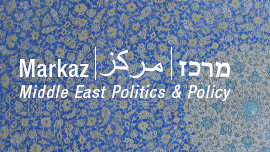
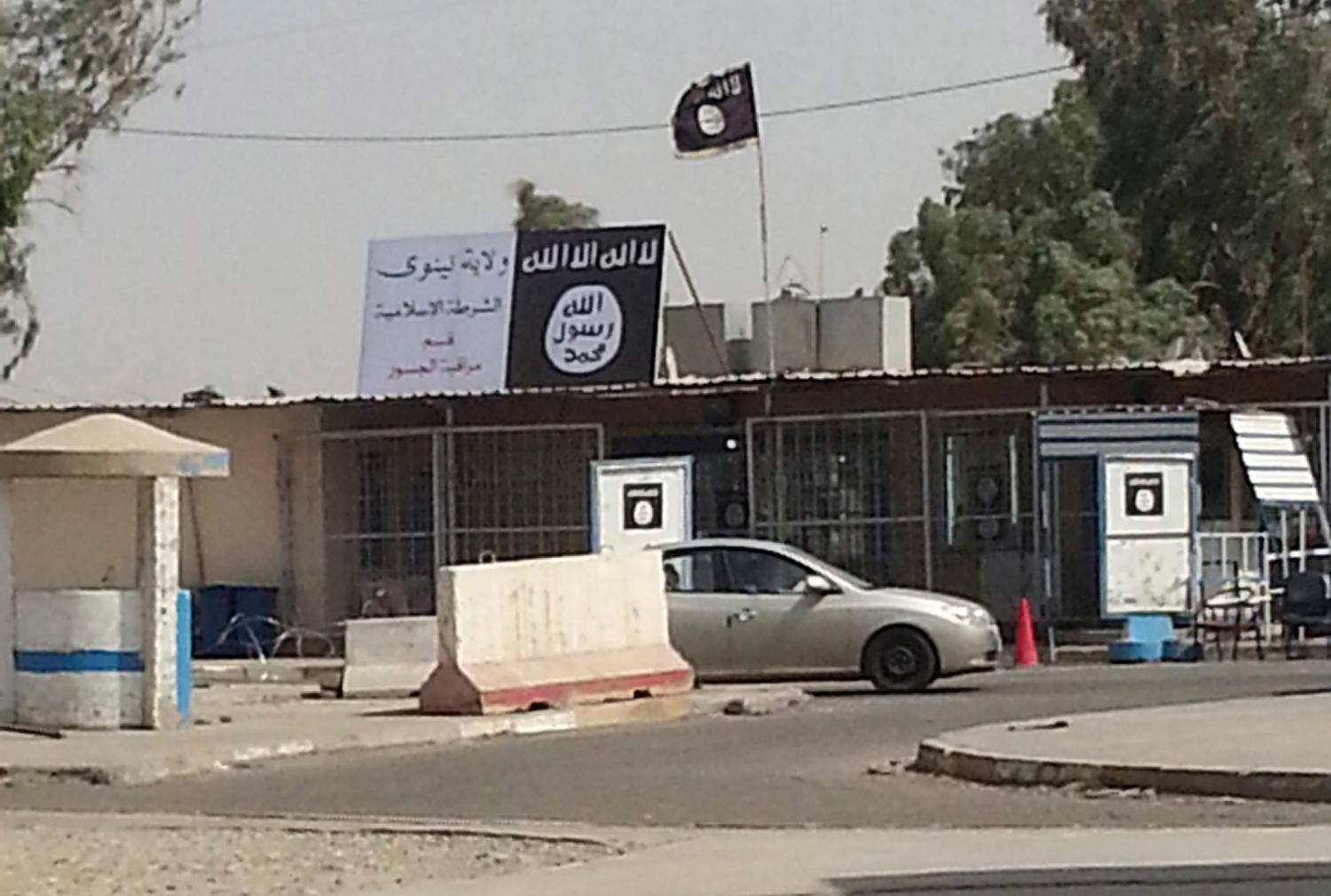
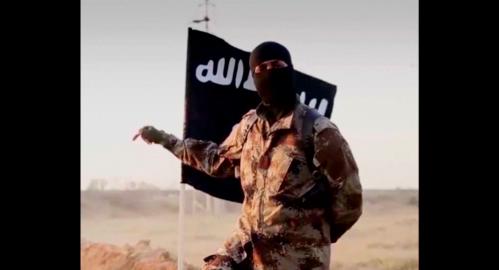

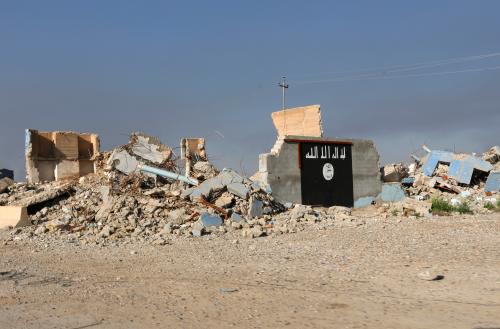


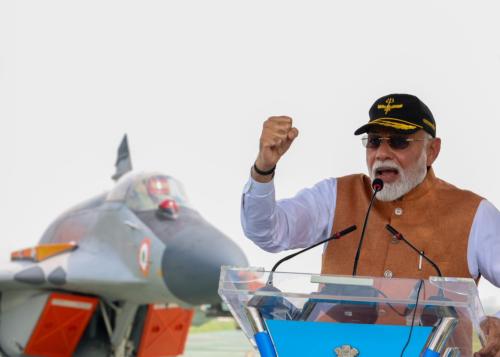
Commentary
Experts weigh in (part 5): Can the United States counter ISIS propaganda?
July 8, 2015